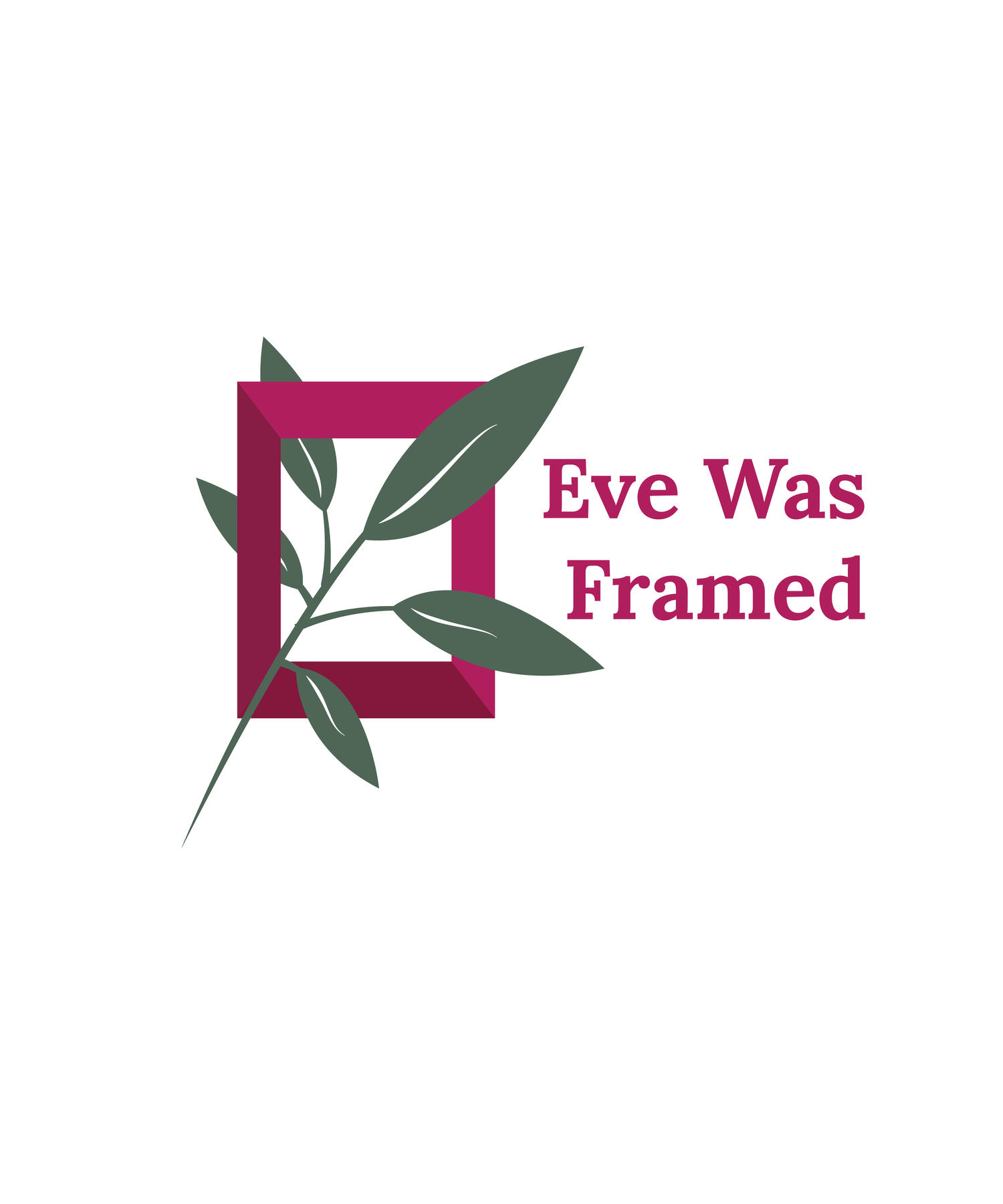Make Them Listen to Your Gut
This week we were excited to read about a start up, Daye, launching a virtual clinic for period pain. Yes, someone taking your pain seriously.
Because we also read the story of a woman whose pain was dismissed, even though she has a family history of ovarian cancer. She fought - for her life and health. And caught an early stage tumor.
So here’s the reminder to listen to your body and advocate so your providers listen to your voice.
- Maggie Ruvoldt & Stephanie Majercik
The Tasting Menu
Menopause and Intimacy
How Universal Design Benefits Everyone
Fatty Liver Disease 5 Facts
Menopause and Intimacy
This is one of those good news and bad news pieces.
From 13% to 84% of postmenopausal folks report vaginal pain during sex.
Many women report relief and freedom of not having to worry about pregnancy postmenopause.
See what we mean?
So let’s talk about it.
Lower estrogen levels cause thinning of vaginal tissues and vaginal dryness. However, there are great lubricants that can help with issues. One great product line Good Clean Love notes that hyaluronic acid is a good vaginal moisturizer. Their product Almost Naked is highlighted in Women’s Health magazine’s list of 12 best lubes for sensitive skin.
Sex drive can decrease as hormonal changes take place. Our needs or desire for intimacy doesn’t. Open communication about what you’re experiencing and asking for what you need - even scheduling sex to get back into the routine - can help you navigate this time.
Most of all, don’t suffer in silence. Talking honestly with your healthcare provider about what you’re experiencing is hard but needed. Many women have undiagnosed issues such as vaginal atrophy, that can be treated, often simply. For example vaginal dilators along with lubricants can reduce pain.
How Universal Design Benefits Everyone
Did you know that 15% of the world's population lives with some type of disability? And as we know, a disability isn’t always visible, and encompasses physical and mind impairments that make it more difficult to interact with the world around them.
Universal design goes beyond just making spaces accessible – in fact the National Institute of Building Sciences has expressed 8 goals of universal design that address physical limitations, cultural appropriateness, and communication challenges:
Body fit
Comfort
Awareness
Understanding
Wellness
Social integration
Personalization
Cultural appropriateness
Universal design ensures that spaces and products meet the needs of the greatest number of people. Some examples of universal design include sidewalk curb cuts – designed to make sidewalks more accessible for people in wheelchairs, also make it easier for people with strollers, delivery staff with carts, and kids on skateboards and scooters. And automatically opening doors not only helps people in walkers and wheelchairs, but also people with their hands full, small children, etc. Elements like biophilia and more access to light can have tremendous impacts on mental health.
Universal design makes the products and environments we all use each day accessible and available to more people – helping to create a more equitable world.
Fatty Liver Disease 5 Facts
When your liver starts hoarding more fat than it should, and trust me, that's not a good thing you may be on your way to fatty liver disease. It’s more common than you think.
There are two main types of fatty liver disease.
The first one is called alcoholic fatty liver disease (AFLD), and as the name suggests, it's caused by excessive alcohol use.
The second type is non-alcoholic fatty liver disease (NAFLD), which is linked to metabolic factors like being overweight, having insulin resistance or diabetes, and having high levels of bad cholesterol.
In the early stages, you might not even notice any symptoms.
It's like your liver is hiding its little secret. But as the disease progresses, you might start feeling tired all the time, having digestive discomfort, or even noticing a yellowish tint to your skin and eyes.
Prevention and management are fully possible.
Eating a balanced diet with less greasy and sugary stuff, and more of the good stuff like fruits, veggies, whole grains, and lean proteins. Believe it or not, your morning coffee helps with this one.
There is a PCOS connection.
Studies show that women with polycystic ovary syndrome (PCOS) are more prone to developing fatty liver disease. That was big news to us.
Age is not just a number when it comes to fatty liver disease.
As we get older, our risk of developing this condition increases. The exact reasons are still being studied, but it's believed that changes in our metabolism, hormone levels, and even the medications we may take can contribute to the development of fatty liver disease.
Medical Term of the Week
Genitourinary syndrome of menopause (GSM) is the new term for vaginal atrophy.
Wait, not familiar with that one either? Here’s the deal.
Vaginal Atrophy or GSM is the thinning of the vaginal tissue leading to dryness burning and itching that occurs during the menopause transition.
The name is getting an update to reflect there are also urinary tract issues that accompany these changes.
The Latest
Interesting study shows a possible link between a bacterial infection and endometriosis. More research please! (From STAT)
Looking to the future for fertility (From The Economist)
What does minimum wage have to do with maternal mortality? Turns out - maybe a lot (From JAMA)






